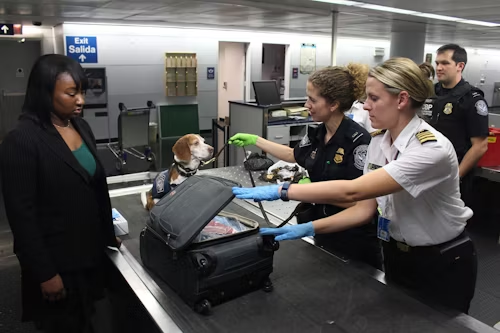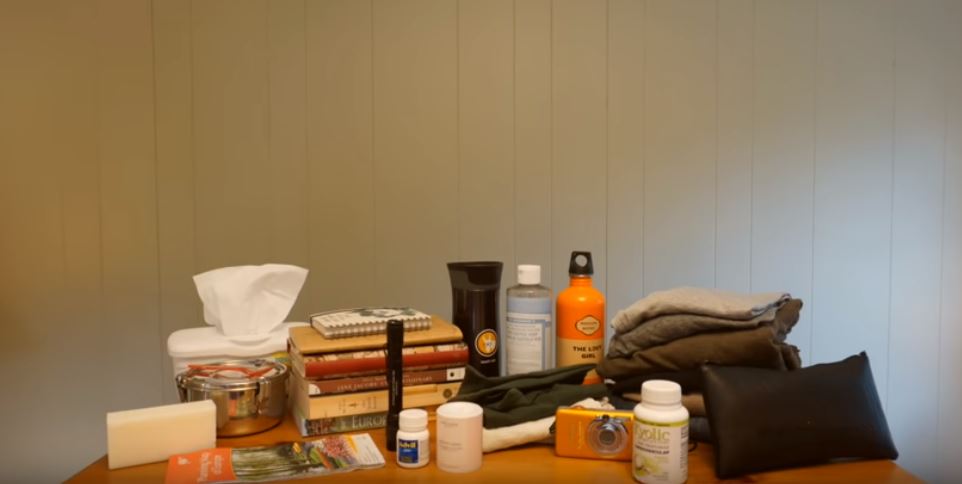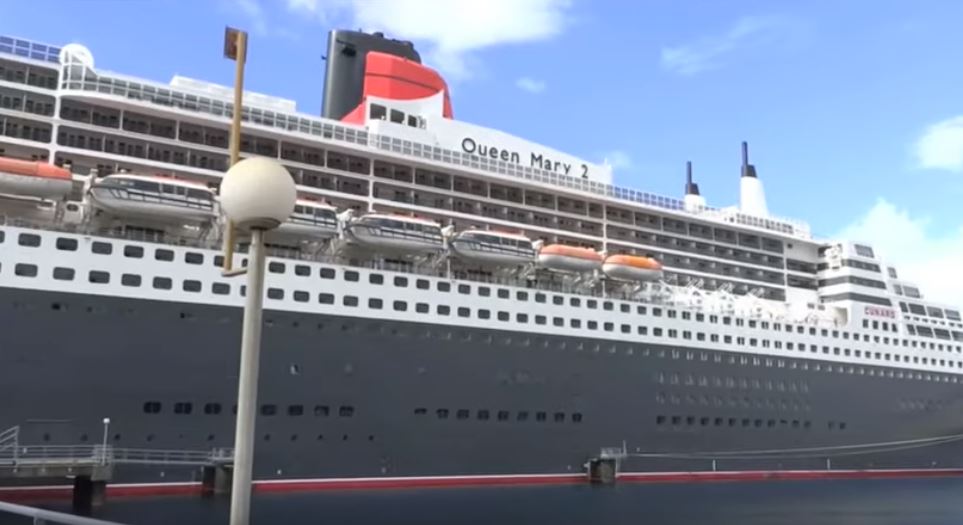7 Surprising Items You Can’t Bring on a Plane (And Why They’re Banned)
I was 22, standing in the airport security line, my backpack slung over one shoulder, feeling like a seasoned traveler. I’d packed light, or so I thought—just my laptop, a change of clothes, and a few “essentials” I figured I’d need for a quick trip. Then, the TSA agent pulled me aside. My heart sank as she unzipped my bag and held up my favorite pocketknife, a gift from my dad. “You can’t bring this on board,” she said, tossing it into a bin like it was nothing. I stood there, stunned, watching a piece of my history vanish.
That moment taught me a lesson: what’s normal at home can be dangerous 30,000 feet in the air.
Air travel is a game of rules, and the stakes are high. The Transport Security Administration (TSA) and airlines worldwide have strict regulations about what you can and can’t bring on a plane, driven by safety concerns for passengers and crew. Some items seem harmless—your go-to hairspray, a lighter, even a baseball bat—but in the confined space of an aircraft, they’re potential threats. If you’ve ever had a cherished item confiscated or faced the embarrassment of a security hold-up, you know the frustration.
This guide reveals seven surprising categories of banned items, why they’re restricted, and how to avoid the heartbreak of losing your stuff at the checkpoint. By the end, you’ll know exactly what to pack, what to leave behind, and how to check with your airline to breeze through security like a pro.
Explosives and Firearms: The Obvious No-Gos
You’d think it goes without saying, but some travelers still try to board with items that could spark chaos. Matches, sparklers, fireworks, flares, gunpowder, ammunition, blasting caps, dynamite, or loaded firearms? Hard pass.
-
Why They’re Banned: These are literal fire-starters or worse. A single spark from a match or flare could ignite in the cabin, where oxygen is tightly controlled, and a loaded firearm poses an immediate threat in a confined space.
-
Real-Life Lesson: I once saw a guy argue with TSA over a “souvenir” firecracker he swore was harmless. It wasn’t. The whole line watched him get escorted away. Check your bag twice—sentimentality isn’t worth the risk.
Always verify with your airline. Some allow unloaded firearms in checked baggage, but rules vary globally.
Weapons Beyond Guns: The Hidden Dangers
Knives, throwing stars, swords, or martial arts gear might feel like personal treasures, but they’re weapons in the eyes of TSA. My pocketknife incident wasn’t unique—any blade, from a box cutter to a metal knitting needle, gets the same treatment.
-
Why They’re Banned: Sharp objects can be used to harm others in close quarters. Post-9/11, even carpet knives and box cutters were flagged after being used in the attacks.
-
Pro Tip: If you’re a chef or crafter, ship your tools ahead or pack them in checked luggage. International rules differ—some countries are stricter, others more lenient—so always double-check.
Losing a family heirloom hurts. Call your airline to confirm what’s allowed in checked bags.
Gases and Pressure Containers: Invisible Risks
That can of hairspray you spritz every morning? It’s a no-go. Flammable aerosols like spray paint, insect repellent, or even medical oxygen tanks and carbon dioxide cartridges are restricted. Mace, tear gas, pepper spray, and liquid nitrogen also make the list.
-
Why They’re Banned: Pressurized containers can rupture or ignite under cabin pressure changes. A leaking aerosol could fill the cabin with harmful fumes, and pepper spray could incapacitate everyone on board.
-
My Mistake: I once packed a small camping stove canister, thinking it was empty. TSA didn’t care—it was confiscated. If you need these items, check with your airline for limited carry-on allowances or ship them instead.
Don’t assume “small” means safe. Even a tiny canister can cause big problems.
Flammable Liquids and Solids: Everyday Hazards
Gasoline, propane, butane, lighter fluid, flammable paints, paint thinners, some adhesives, and even cigarette lighters are banned. Personal care items like flammable perfumes are sometimes allowed in small quantities, but don’t count on it.
-
Why They’re Banned: These can ignite easily, and a fire in the sky is a nightmare scenario. Even a lighter’s tiny flame could escalate in a cabin’s unique environment.
-
Travel Hack: I learned to carry solid toiletries—like shampoo bars—instead of liquid ones. They’re less likely to raise flags. Always check airline policies for quantity limits on personal items.
When in doubt, leave it out. Your favorite cologne isn’t worth delaying the flight.
Poisons and Corrosives: Silent Threats
Weed killers, pesticides, rodent poisons, arsenic, cyanides, drain cleaners, car batteries, acids, alkalis, lye, and mercury sound like lab supplies, but they can sneak into your luggage via household items. That “miracle” cleaning solution? It might be a corrosive.
-
Why They’re Banned: These substances are toxic or can erode materials, risking leaks that could harm passengers or damage the plane. A spilled battery acid in checked baggage could be catastrophic.
-
Close Call: A friend once packed a “natural” pest spray, not knowing it was classified as a poison. TSA caught it, and she missed her flight. Research your products’ ingredients before packing.
Your airline’s website is your best friend. Check their restricted items list to avoid surprises.
Infectious and Radioactive Materials: Rare but Risky
Medical lab specimens, viral organisms, bacterial cultures, smoke detectors, radioactive pharmaceuticals, and even dry ice (limited to 4 pounds for packing perishables) are heavily regulated. These aren’t everyday items, but they trip up researchers or medical travelers.
-
Why They’re Banned: Infectious materials could spread disease in a confined cabin, and radioactive items pose long-term health risks. Dry ice, if not vented, can release dangerous gases.
-
Story Time: A colleague traveling for a medical conference had a lab sample confiscated because it wasn’t pre-approved. He had to restart his research. Always notify your airline in advance for special items.
Pre-clearance is key. Contact your carrier weeks ahead for these materials.
Sports Gear and Tools: Unexpected Bans
Baseball bats, golf clubs, pool cues, ski poles, hockey sticks, corkscrews, lighters, and strike-anywhere matches might seem harmless, but they’re banned from carry-ons. Post-9/11, even box cutters and metal scissors with pointed tips were added to the list.
-
Why They’re Banned: These can be wielded as weapons or cause injury in turbulence. A golf club might be your pride and joy, but it’s a club in a confined space.
-
My Fix: I now ship my sports gear or rent equipment at my destination. For small tools like corkscrews, check with your airline—some allow them in checked bags, others don’t.
Plan ahead. A quick call to your airline saves time and stress.
Why These Rules Exist (And How to Stay Ahead)
After losing my pocketknife, I started researching TSA rules obsessively. The 9/11 attacks reshaped air travel, highlighting how everyday items could become threats. A box cutter, once a harmless tool, became a weapon that changed history. Today’s regulations reflect that reality: safety trumps sentimentality.
To avoid my mistake, always check your airline’s baggage policy before packing. Websites like tsa.gov list restricted items, but carriers like Delta, United, or international airlines may have stricter rules. Call their customer service or use their online chat for clarity. If you’re traveling abroad, research destination country regulations—knives legal in U.S. checked baggage might be banned elsewhere.
Pro tip: Pack questionable items in checked luggage or ship them. If you’re unsure, don’t risk it. The TSA bin doesn’t care about your story.



